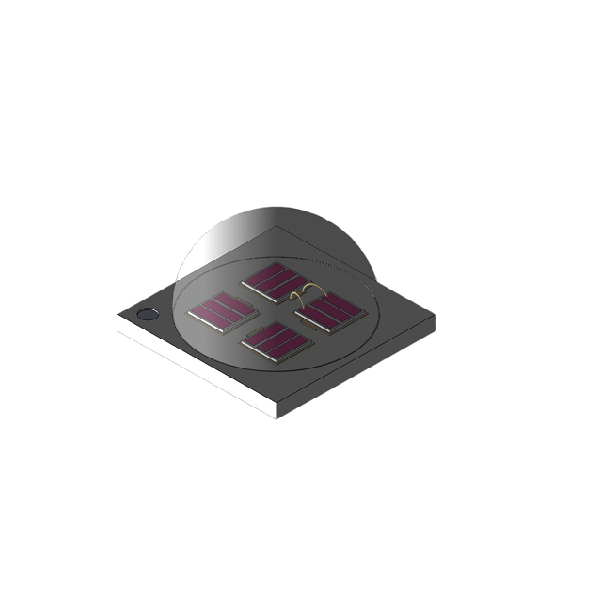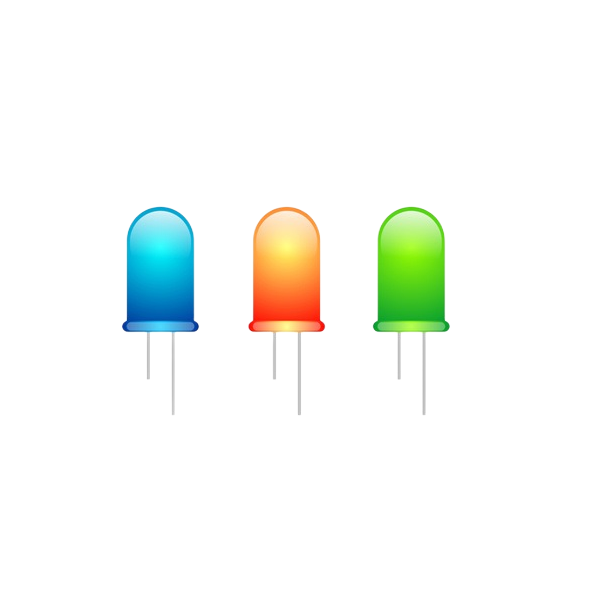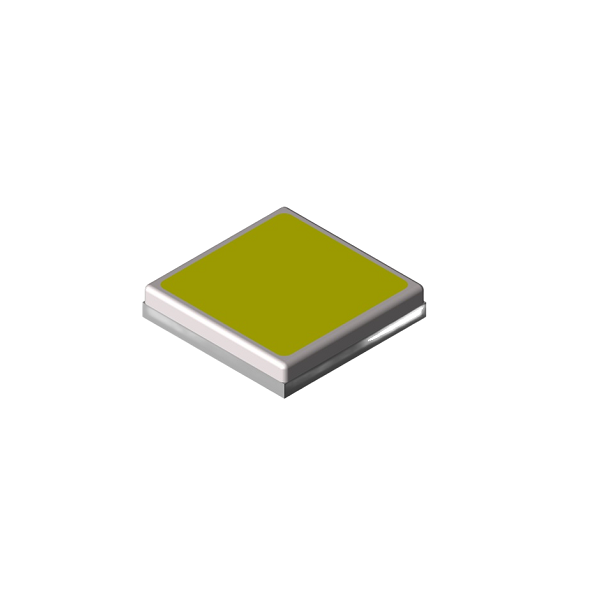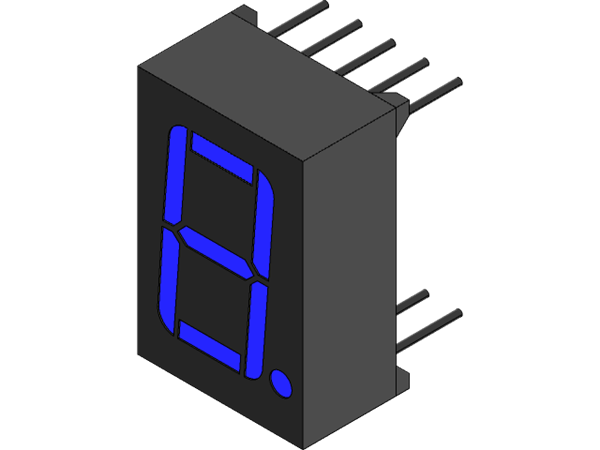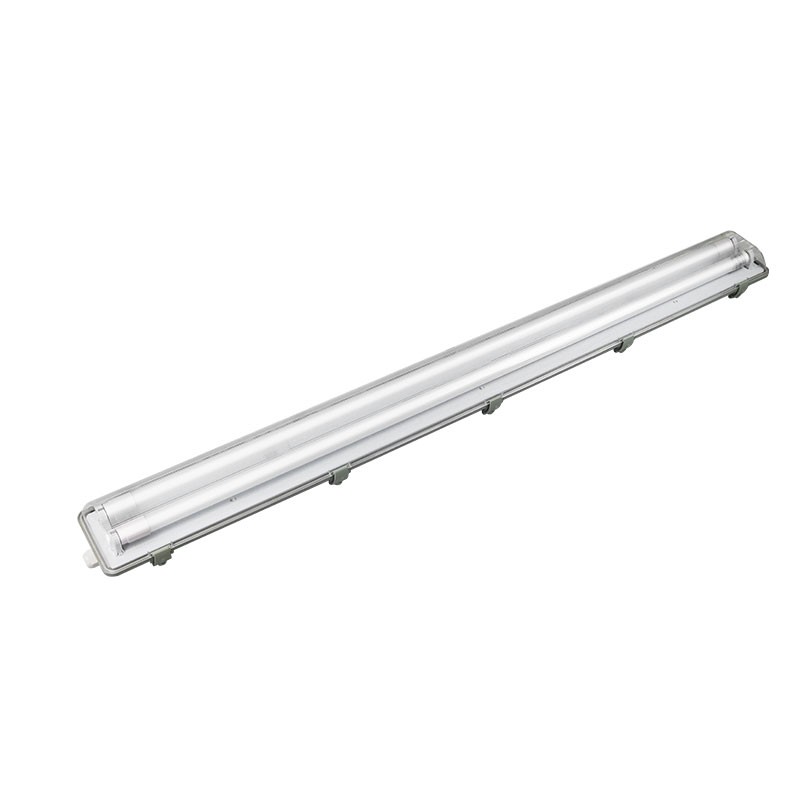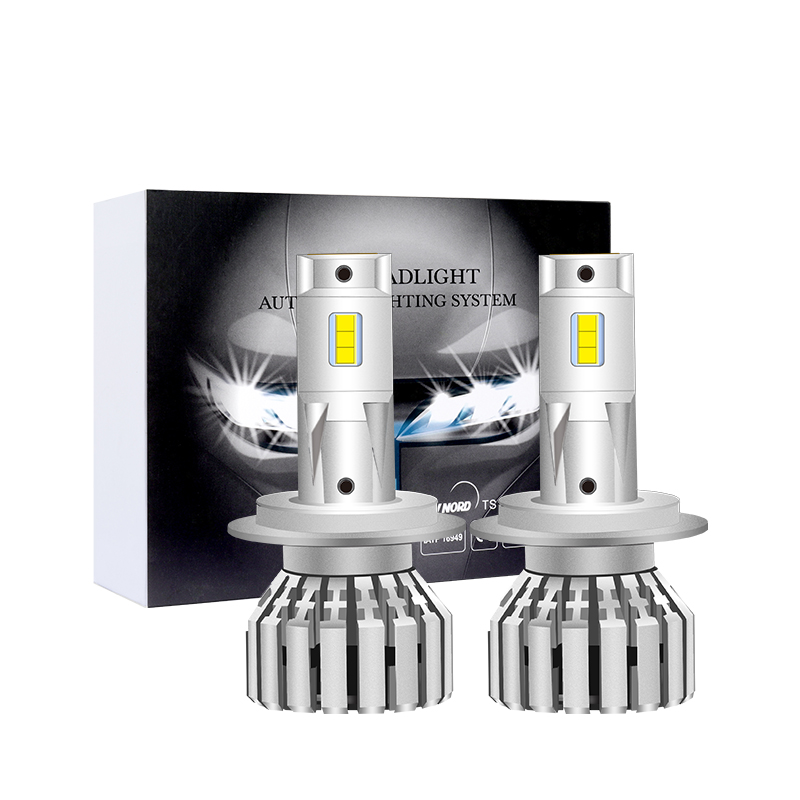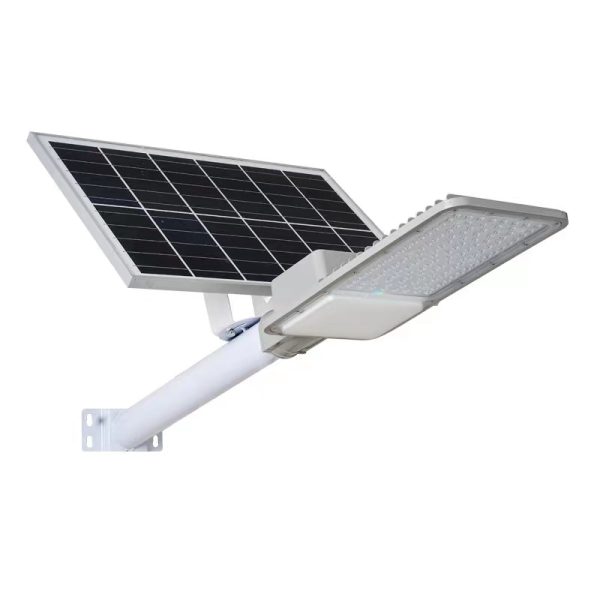Working principle of Infrared light-emitting diode
infrared light-emitting diode (IRLED) is a semiconductor device that emits infrared light. It plays an important role in many applications, such as infrared communication, remote control, and infrared sensors. To understand the working principle of IRLED, it is necessary to understand its structure and components.

The basic structure of infrared light-emitting diodes is similar to that of ordinary light-emitting diodes, consisting of P-type and N-type semiconductor materials. A positive charge is injected into the P-type semiconductor side to form the P region, and a negative charge is injected into the N-type semiconductor side to form the N region. The junction between the P region and the N region is called the P-N junction. When an external voltage is applied to the infrared light-emitting diode, current begins to flow. Let’s take a closer look at the working principle of infrared light-emitting diodes.
The basic principle of infrared light-emitting diode operation is photoinduced electronic transition. During the formation of the P-N junction, electrons transition from the N region to the P region, while holes transition from the P region to the N region. When electrons and holes transition, they release energy, which is emitted in the form of photons, i.e., light emission. The wavelength of the emitted light is usually between 850 nanometers (nm) and 940 nanometers (nm), which belongs to the infrared range.
The light emission process of infrared light-emitting diodes involves energy level transitions of electrons. In the P-type region, electrons are in a higher-energy state (excited state), and when they transition to a lower-energy state (ground state), they release energy. This energy is transmitted in the form of photons, i.e., infrared light. The energy band structure of infrared light-emitting diodes determines the specific wavelengths of light it can emit.
The operation of infrared light-emitting diodes requires external power supply. When a forward voltage is applied, electrons flow from the N region to the P region, while holes flow from the P region to the N region. In this way, electrons and holes meet and recombine at the P-N junction, and the light emission process begins. The light intensity of infrared light-emitting diodes is proportional to the magnitude of the current, so appropriate current needs to be selected according to specific requirements during use.
The operating temperature of infrared light-emitting diodes is usually low, which helps improve its efficiency and lifetime. To protect infrared light-emitting diodes from overheating, a heat sink or heat sinks are usually used.
Summary: The working principle of infrared light-emitting diodes is to release energy through energy level transitions of electrons and holes in the P-N junction, and emit infrared light in the form of photons. The application of external forward voltage causes electrons and holes to meet and recombine in the P-N junction, resulting in light emission. The magnitude of the current determines the light intensity of the infrared light-emitting diode. Proper operating temperature and heat dissipation measures can improve the efficiency and lifetime of infrared light-emitting diodes.
As an important optoelectronic device, infrared light-emitting diode (LED) has the characteristics of small size, low power consumption, and fast response, and has been widely used in many fields. With the continuous development and innovation of science and technology, the application prospects of infrared LED in the field of optoelectronics will be even broader.


